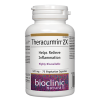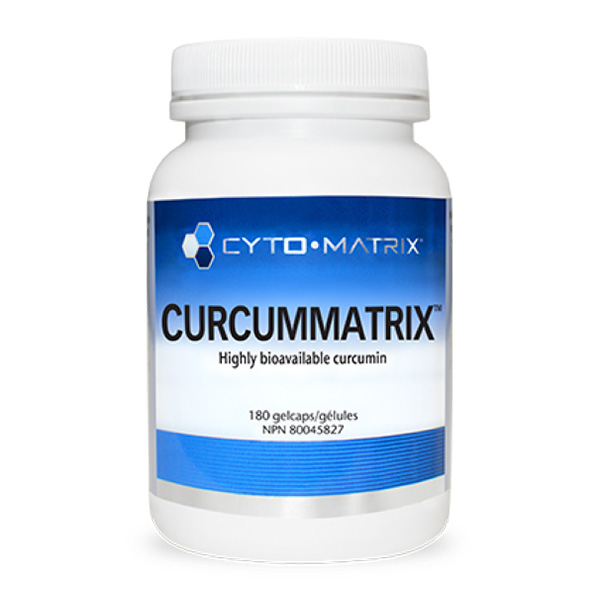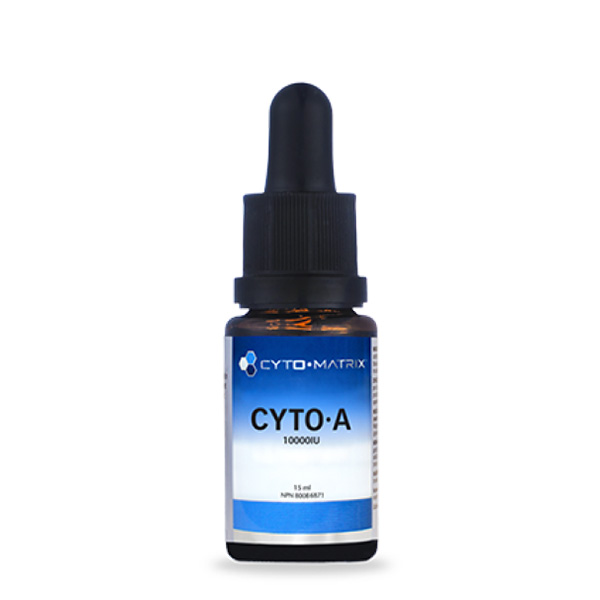Bioclinic – Melatonin – 10mg
$42.99
10 mg
180 Sublingual Tablets ( SKU: 9286, NPN: 80036635 )
In stock
Benefits
- Sublingual tablets provide fast and superior melatonin absorption, bypassing liver and gastrointestinal metabolism – pharmacokinetic studies indicate that 30 to 60% of an oral dose of melatonin is metabolized via the liver1 and overall gastrointestinal absorption is variable2,3
- A singular high-potency sublingual tablet is optimal for those who need higher doses of melatonin (10–20 mg)
- Derived from non-animal sources
- Refreshing, natural peppermint flavour
- Non-habit forming
Feature Summary
Sleep is a vital part of health and many of us are not getting enough. The 2002 Canadian Community Health Survey found about 1 in 7 adults has difficulty falling asleep or staying asleep. Insomnia affects 1 in 3 seniors and is 40% more common in women. Changes in sleeping patterns are largely reflective of our circadian rhythms, which are guided by the pineal hormone, melatonin. Melatonin is known to decline as we age, which accounts for a number of the sleep changes we see throughout life. Additionally, jet lag and shift work can significantly alter circadian rhythms and thus melatonin secretion.4,5,6
Melatonin has shown clinical benefit for inducing sleep or adjusting sleep cycles,7 reducing sleep onset latency and improving perceived quality of sleep, without impairing daytime psychomotor performance.8,9 In fact, supplemental melatonin and bright light therapy are considered standard medical treatment for cases of jet lag, shift work, age-related insomnia, delayed sleep-phase disorder, advanced sleep-phase disorder, and non-24-hour sleep-wake disorder.10 Chronic sleep disturbance is a risk factor for premature aging, diabetes, obesity, cardiovascular disease and certain cancers,11 demonstrating just how important it is to maintain normal melatonin levels to enhance sleep quality.
Medicinal Ingredients
| Each Sublingual Tablet Contains: | |
| Melatonin (vegetarian source) | 10 mg |
Non-Medicinal Ingredients
Lactose monohydrate, microcrystalline cellulose, natural peppermint flavour, croscarmellose sodium, vegetable grade magnesium stearate (lubricant).
Allergens:
Contains no artificial colours, preservatives, or sweeteners; no starch, sugar, wheat, gluten, yeast, soy, egg, fish, shellfish, salt, tree nuts, or GMOs. Suitable for vegetarians.
Recommended Use:
Recommended Adult Dose: Do not drive or use machinery for 5 hours after taking melatonin . Dissolve 1 tablet under the tongue at bedtime once per day or as directed by a health care practitioner. Consult a health care practitioner for use beyond 4 weeks.
Contraindications
Do not use if you are taking immunosuppressive drugs and/or if you are pregnant or breastfeeding. Do not drive or use machinery for 5 hours after taking melatonin.
Drug Interactions
Melatonin may impair glucose utilization and increase insulin resistance in diabetic patients. However, the clinical significance of this effect on diabetics is unknown.12 Contraceptive drugs can increase endogenous melatonin levels. Theoretically, this may increase the effects and adverse effects of oral melatonin use.13 Fluvoxamine significantly inhibits the elimination of melatonin,14 which some researchers believe could be helpful in the treatment of refractive insomnia.15 However, this interaction may also cause excessive unwanted drowsiness and other adverse effects. Melatonin production and release may be inhibited by beta-blockers16 and non-steroidal anti-inflammatory drugs17.
1. Lane, E.A., &Moss, H.B. (1985). Pharmacokinetics of metabolism in man: first pass hepatic
metabolism. J Clin Endocrinol Metab. 61, 1214-1216.
2. Kovacs, J., Brodner, W., Kirchlechner, V. et al. (2000). Measurement of urinary melatonin:
a useful tool for monitoring serum melatonin after its oral administration. J Clin Endocrinology
Metabolism, 85(2), 666-670.
3. Waldhauser, F., Waldhauser, M., Lieberman, H.R., et al. (1984). Bioavailability of oral
melatonin in humans. Neuroendocrinology. 1984; 39(4), 307-13.
4. Karasek, M. &, Winczyk, K. (2006). Melatonin in humans. J Physiol Pharmacol.
57 Suppl 5:19-39.
5. Zawilska, J.B., Skene, D.J., &Arendt, J. (2009). Physiology and pharmacology of melatonin
in relation to biological rhythms. Pharmacol Rep. 61(3), 383-410.
6. Alternative Medicine Review. (2005). Melatonin Monograph. Altern Med Rev. 10(4), 326-336.
7. Kunz, D., Mahlberg, R., Muller, C., et al. (2004). Melatonin in patients with reduced REM
sleep duration: two randomized controlled trials. J Clin Endocrinol Metab. 89(1), 128-34.
8. Wade, A.G., Ford, I., Crawford, G., et al. (2007). Efficacy of prolonged release melatonin
in insomnia patients aged 55-80 years: quality of sleep and next day alertness outcomes.
Curr Med Res Opin. 23(10), 2597-605.
9. Wade, A.G., Ford, I., Crawford, G., et al. (2010). Nightly treatment of primary insomnia with
prolonged release melatonin for 6 months: a randomized placebo controlled trial on age
and endogenous melatonin as predictors of efficacy and safety. BMC Med. 8, 51.
10. Bjorvatn, B., &Pallesen, S. (2009). A practical approach to circadian rhythm sleep disorders.
Sleep Med Rev. 13(1), 47-60.
11. Litinski, M., Scheer, F.A., Shea, S.A. (2009). Influence of the circadian system on disease
severity. Sleep Med Clin. 4(2), 143-163.
12. Cagnacci, A., Arangino, S., Renzi, A., et al. Influence of melatonin administration on glucose
tolerance and insulin sensitivity of postmenopausal women. Clin Endocrinol (Oxf). 54(3),
339-46.
13. Wright Jr, K.P., Myers, B.L., Plenzler, S.C., et al. (2000). Acute effects of bright light and
caffeine on nighttime melatonin and temperature levels in women taking and not taking oral
contraceptives. Brain Res. 873(2), 310-7.
14. Hartter, S., Grozinger, M., Weigmann, H., et al. (2000). Increased bioavailability of oral
melatonin after fluvoxamine coadministration. Clin Pharmacol Ther. 67(1), 1-6.
15. Grozinger, M., Hartter, S., Wang, X., et al. (2000). Fluvoxamine strongly inhibits melatonin
metabolism in a patient with low-amplitude melatonin profile. Arch Gen Psychiatry.
57(8), 812-3.
16. Stoschitzky, K., Sakotnik, A., Lercher, P., et al. (1999). Influence of beta-blocers
on melatonin release. Eur J Clin Pharmacol. 55, 111-5.
17. Murphy, P.J., Myers, B.L., Badia, P. (1996). Nonsteroidal anti-inflammatory drugs alter
body temperature and suppress melatonin in humans. Physiol Behav. 59, 133-9.
| Weight | 0.1 kg |
|---|












